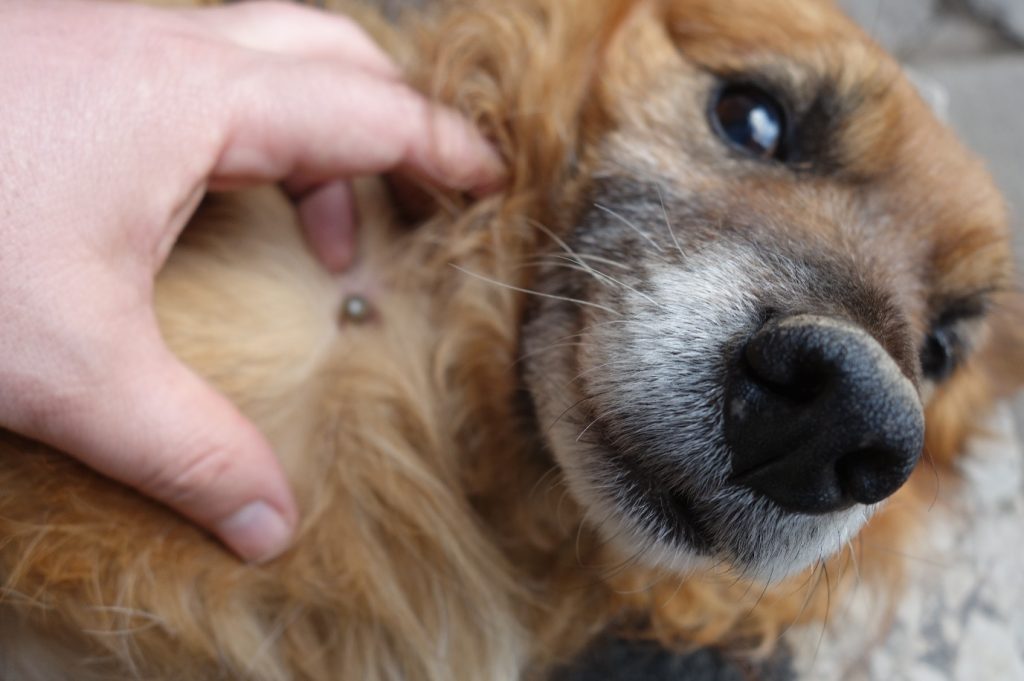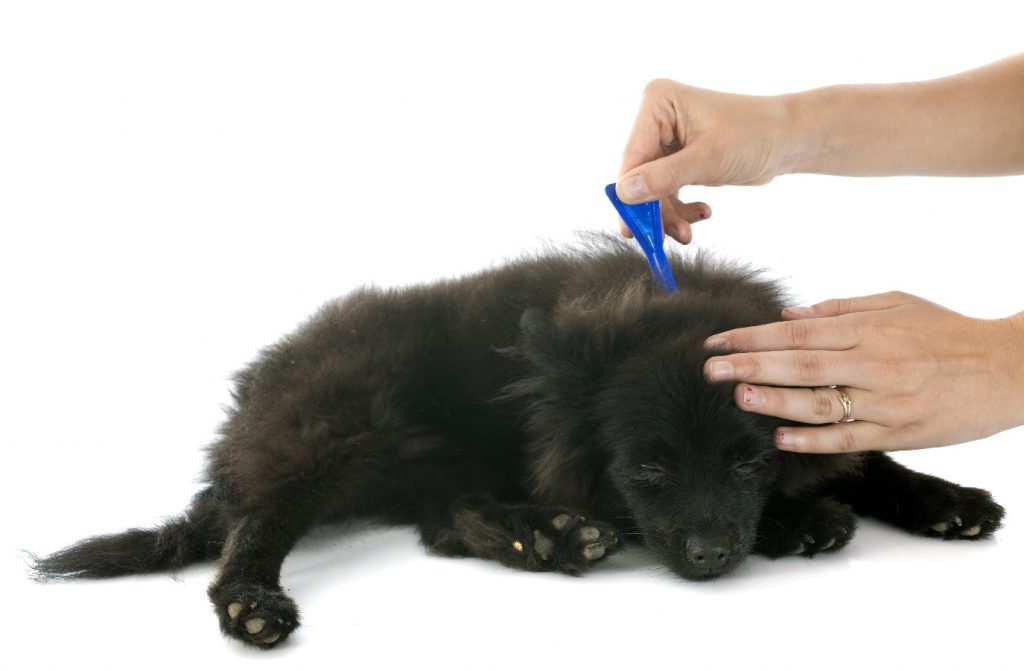How to Identify and Remove Ticks from Your Cats and Dogs
Many pet owners anticipate the discovery of a tick in their cat or dog’s fur with trepidation— and for good reason. Ticks are dangerous parasites that can transmit diseases to animals and humans alike. When your dog or cat is running through the pet doors from the outside, it’s worthwhile ensuring that it hasn’t picked up any ticks.

Signs Your Pet Has Ticks
Stay alert! If you notice any of the following signs, your dogs or cats may have ticks:
- You find a tick in your home.
- Your pet has a fever.
- There are unexplained scabs on their skin.
- You feel a small bump in their fur.
Active pets are susceptible to getting ticks, especially in grassy or wooded areas. These small bugs feed on blood and cause fevers and joint swelling, and can even pass on illnesses like Lyme disease. The symptoms are often vague, so it’s a good idea to keep an eye on your pet for any unusual behavior. If you do find a tick on your pet, it’s important to deal with it swiftly and effectively.
Safely Removing a Tick
Despite all our best efforts to protect our pets, the likelihood of your frolicking dog picking up a parasite like a tick is common. After a walk or time spent outside, it’s a good idea to inspect your dog or cat for ticks (while wearing gloves). Pay close attention to the areas where ticks like to hide, including the ears, neck, and skin folds.
A tick can be identified by its small, flat, black body. Depending on its life stage, a tick can range from the size of a pencil point to a lima bean. What to do when you find a tick:

- When you spot a tick, use fine-tipped tweezers to grasp the tick’s head or mouth.
- Do not squeeze the tick by the body, as this could cause it to force harmful bacteria into your pet’s bloodstream.
- Without jerking, pull firmly outward. You do not want to twist, as this could leave part of the tick attached to your pet.
- After removing the tick, place it in a jar of alcohol. Contrary to popular belief, they aren’t killed by flushing them down the toilet.
- Clean the bite wound with a disinfectant.
- Wash your hands thoroughly.
Ensure that your dog and cat have an easy and convenient way to get indoors when they need to. Contact Australian Pet Doors for a wide variety of cat doors and dog doors to suit your four-legged friend!
